With over 30 potential jobs for your heroes in Valiant Force, it can be a bit paralyzing to decide which job to advance your heroes into. After going through all that effort maximize your hero’s level and training level, it’d be a shame to make a poor choice about their next job. Fortunately, GameSkinny is here to give you the rundown on each of Valiant Force‘s 36 jobs, as well as some quick tips on job advancement, so you can spend less time deliberating and more time playing.
How to Advance Jobs In Valiant Force
As you can see in the image above, each class has 6 different jobs–not counting the starting default one–beneath it in a branching tree. To upgrade a hero from their current job, they’ll need to reach their max level and their max training level, as well as acquire a specific number of their current job’s respective job Item. Don’t worry about memorizing how to obtain each item; the job level section of each hero’s info screen will help you with this.
Advice for Advancing Jobs
Here a few more important things to keep in mind about job advancement in Valiant Force:
- Not all heroes will have all of a class’s jobs available to them, and some are not even eligible for job advancement at all.
- A 5-star hero can have up to a 5-star job, a 4-star hero can have up to a 4-star job, and so on.
- Different heroes will receive different skills and auras from a job, so what job is best for one is not always what’s best for another.
- That being said, there is no real bad job. It’s usually best to fill the needs of your own squad instead of going with the conventionally “better” path. For example, Kiera’s MAG buffing aura as an Invoker would be pretty worthless to a melee-heavy squad, but would greatly benefit one with lots of Mystics. It all depends on your individual needs.
- You can preview a hero’s skills/auras with a specific job by going to the unit’s info page, tapping the desired job in the job Tree section, and then tapping the little book icon in the job Level section. This way you’ll never have to choose blindly.
- Once you set down a path of job advancement, you cannot go backwards. So choose wisely and pick your 4-star job based on what 5-star job you want.
Now that you understand the basics, let’s go over all the jobs currently in Valiant Force. We’ll start with those beneath Champion class, and then continue with the Guardian, Healer, Mystic, Ranger, and Shadow classes in that order. Remember that you can use your browser’s find tool if you’re looking for a specific class/job.
Champion
Default Job: Warrior
Lancer
Think of the Lancers as the junior Dragoons. They usually possess a very similar leaping ability that puts them next to opponents and deals damage to adjacent foes. Their auras, however, are fairly mixed in terms of their effects, so choose whichever hero-class combination sounds more appealing to you.
Gladiator
The Gladiators boast a high DEF stat relative to the other Champion classes. This, combined with their abilities’ stun and debuff effects and auras that raise their allies’ ATK or give their attacks a self-healing effect, makes Gladiators a more team-focused role in the squad as opposed to all out damage.
Dragoon
All Dragoons come with a nifty leaping ability that puts them on an empty tile and deals huge damage to all adjacent enemies, which is just plain satisfying to use. It also comes with a bonus effect that varies by the hero, such as Vincent’s self-shielding and Freya’s stun+turn refresh. This is an excellent class for PvE.
Slayer
Slayers are a bit more focused on damage-dealing than their Lancer counterparts thanks to abilities that burn the ground and auras that raise ATK. They aren’t terribly different from Lancers, though, so pick between the two based on what you want that hero’s 5-star job to be.
Berserker
Sort of the go-big-or-go-home class of the Champions, the Berserkers boast crazy damage output but at the cost of their own health. In that same vein, their auras will either increase their allies’ ATK or create additional attacks. They can be incredibly powerful as long as you remembered to bring a good Healer along.
Warlord
Warlord’s excel at manipulating the battlefield more than the other classes, as their abilities allow them to pull enemies closer or knock them farther back. Their auras, meanwhile, trigger additional attacks or increase ATK, making them ideal for a physically-offensive squad.
Guardian
Default Job: Knight
Crusader
Choosing the Crusader path will give your heroes additional defensive power and buffs to allies. You’ll want to choose this class over Zealot if you’re just looking to build a straight-up tank.
Holy Defender
Holy Defenders can buff the HP or DEF of allies within their auras, as well as either remove negative effects from the party or remove buffs from the enemy. All Holy Defenders also come with the ability to taunt the entire enemy squad.
Paladin
Paladins come with a very handy aura that gives them a high chance to soak up almost a third of all the damage dealt to allies within their area of effect. On top of that, their skill deals a sizable chunk of the damage they’ve received back to their opponent. Personally, I prefer the Paladin to the Holy Defender simply because it’s convenient to heal one unit rather than a bunch of them, but hey, you do you.
Zealot
The Zealot is a bit more interesting than the Crusader, in my opinion, granting auras that allow allies to heal based on the damage they deal and abilities that force enemies to move.
Chaos Knight
All of the potential Chaos Knights’ auras give solid buffs to either ATK and DEF or MAG and DEF. What’s particularly cool about Chaos Knights is that their abilities allow them to swap places with enemies or move them to different tiles. You know, because they’re chaotic and stuff.
Blood Knight
Each of the Blood Knights’ abilities deals damage while simultaneously healing them using the damage dealt. In terms of auras, Aden and Victoria will buff or heal allies in their aura when the ally gets hit, but Darrion’s aura makes everyone in the area heal based on the damage they deal.
Healer
Default Job: Acolyte
Priest
This is your run-of-the mill pure healer job, and is the obvious choice over sage if all you’re looking for is to keep your party’s hit points up. It’s not the not the most exciting job, but it’s effective.
Inquisitor
Inquisitors are better equipped for helping the whole squad than Archbishops thanks to their abilities being capable of healing the entire squad and removing all negative effects. Their auras also grant additional passive healing or a DEF and MAG buff. Inquisitors also win the coolest name award.
Archbishop
Archbishops are better at healing/protecting individuals rather than the entire party. Their abilities will usually heal one unit for a much higher amount than the Inquisitor, as well as apply a shield or DEF buff. On the bright side, they do possess passive healing through their auras, so they are still somewhat capable of group healing.
Sage
What Sages lack in raw healing power relative to Priests, they make up for with offensive buffs and debuffs. If you’re confident in your party’s ability to stay alive without a massive amount of healing or want a bit more umph in your offensive presence, then the Sage path is the right one for you.
Prophet/Spirit Walker
The Prophet–or Spirit Walker, depending on your version–is both a healer and a damage booster, with abilities and auras that boost ATK, increase damage, reduce skill cooldowns, and grant minor healing. Though not as specialized in these fields as other classes, the job is useful in a variety of situations and squad compositions.
Witch Doctor
Witch Doctors possess lower healing output than other Healer jobs, but also inflict negative effects such as DEF debuffs and silence on enemies. Their auras trigger upon affected allies being healed, and cause them to deal poison damage to foes, making them a more aggressive option in terms of Healers.
Mystic
Default Job: Mage
Spell Breaker
The choice between Invoker and Spell Breaker–if you have it–is basically a choice between damage or utility. Go with Spell Breaker if you want abilities and auras that delay enemies skill cooldowns or push them backwards.
Mind Warder
The Mind Warders have the ability to delay enemy skill counters by 2-4 turns (depending on the hero), granting you some extra time to press the offensive or heal up before foes use their strongest attacks again. Their auras trigger buffs, debuffs, or extra attacks from those within the area when the hero or allies in the aura attack.
Rune Magus
Rune Magus’ abilities come with a knockback effect that pushes enemies 1 tile away from the user, which can actually be quite useful for delaying an enemy advance. Kiera’s Rune Magus aura allows her to sometimes attack and push back foes when allies in her aura attack, while Ronan’s and Zedd’s are simple buffs to DEF and/or MAG.
Invoker
As I touched on before, the Invoker side of the tree is much more damage-oriented, so go with the Invoker if you’re in the need for more magical firepower.
Elementalist
These heroes’ abilities mainly deal damage while applying effects that deal additional damage the following few turns. Their auras are simple buffs to MAG. While this may not sound overly exciting, packing the back row with them can be devastating to your foes.
Warlock
The Warlock trades the Elementalist’s bonus damage effects for things like charm and random teleportation, so the choice between them is really dependent on whether you prefer extra damage or some combat tricks. That loss of damage is somewhat made up for in their auras however, which trigger upon allies getting hit and cause the Warlock to strike back with poison damage. Personally, I think Warlocks are a lot more fun.
Ranger
Default Job: Archer
Hunter
Hunters’ abilities typically inflict a stun or sleep effect with their damage while their auras are usually buffs to allies’ ATK or CRIT. Personally, I find the Ranger class to be the least diverse in terms of its jobs, so it’s hard to make any firm recommendations about whether to favor the Hunter path or the Marksman path.
Grand Ranger
Grand Rangers’ abilities will deal damage to an enemy, knock them back, and either stun (Kane) or sleep (Cybella) them, making them great for temporarily halting key threats. Their auras trigger on critical hits, and cause allies to attack and stun or knock back the enemy.
Royal Huntsman
As Royal Huntsman, Kane and Cybella instead gain the ability to slightly raise their own damage output, buff or heal an ally, and prevent enemies from attacking the user. They also have a small chance to attack when another ally in their aura gets hit. This is useful if you have a unit in the Guardian class that you want to shed all attention to, which is also good for triggering the Royal Huntsmans’ auras.
Marksman
The Marksman class is kind of a mixed bag, with some heroes like Kane leaning closer to the Sniper/Sharpshooter’s focus on damage while others like Winry are closer to the Gunslinger’s due to their status-infliction effects. Ultimately, it really depends on which hero you’re advancing and it’s hard to say for certain whether Marksman or Hunter is a better option.
Gunslinger
Oddly enough, Gunslingers abilities have a chance of sleeping, stunning, or silencing foes. I guess they dip their bullets in poison or something? Anyway, the Gunslingers’ auras cause allies in the area to also attack upon defeating an enemy (Nadia), landing a critical hit (Cybella), or simply attacking (Kane). Keep in mind that the statuses inflicted by Gunslingers do not last as long as those inflicted by the Grand Rangers, so if you’re in the market for a status-inflicting then you’re better off with Grand Rangers when you have the option.
Sniper/Sharpshooter
The Sniper/Sharpshooter (the name depends on your region) is basically all about the damage. Both their abilities and auras mainly apply ATK and CRIT buffs to themselves and allies, so go with these if your squad is a bit trigger-happy.
Shadow
Default Job: Thief
Kensei
Like its child jobs, the Kensei specializes in inflicting statuses with its abilities while their auras have a chance to trigger special effects when the user or others in the area attack. It’s recommended that you choose Kensei over Rogue if you prefer directly debuffing your enemies over Rogue’s tile swap shenanigans.
Magebane
Contrary to what their name might imply, Magebanes are actually not kryptonite to magic-users. Instead, they each have an ability that deals a bunch of magic damage based on their ATK or CRIT stats and inflicts some sort of status condition on the foes. Their auras–with the exception of Izumi–cause more units to attack or inflict statuses when they or someone within their aura attacks.
Samurai
Samurai abilities have essentially the same damage as those of Magebanes (magic damage using ATK and CRIT) but mostly come with enemy stat debuffs rather than status conditions. Also like Magebanes, Samurai auras have a chance of granting benefits when other allies within the aura attack. Their stat distribution can also be surprisingly tanky.
Rogue
Rogues can be fun to play with thanks to the tile swapping shenanigans of heroes like Shizu as well as their chance to refresh allies’ turns upon defeating an enemy. These unique skill sets can make them useful for a variety of situations, though you need to be smart about using them.
Ninja
The ninja’s abilities allow them to inflict a DEF debuff on an enemy, swap places with it, then drop into stealth. In terms of auras, Shizu and Kai have a nice chance of refreshing your all your units’ turns upon defeating an enemy, while Kira’s is a simple ATK and CRIT buff to allies, which is admittedly less exciting.
Assassin
Assassins abilities deal magic damage based on CRIT and drop their users into stealth with, Shizu and Kai also inflicting Stun and Silence respectively. Like with the Ninja class, Shizu and Kai’s auras allow for turn refreshes, except now it’s activated upon critical hits. Kira–always the oddball, apparently–sometimes triggers others in her aura to attack with poison as well.
Now that you know what every job in Valiant Force is about, you can make the most informed decision about advancing your heroes and create the ultimate squad. But if you’re still craving more info, feel free to check out some of our other Valiant Force guides here on GameSkinny.




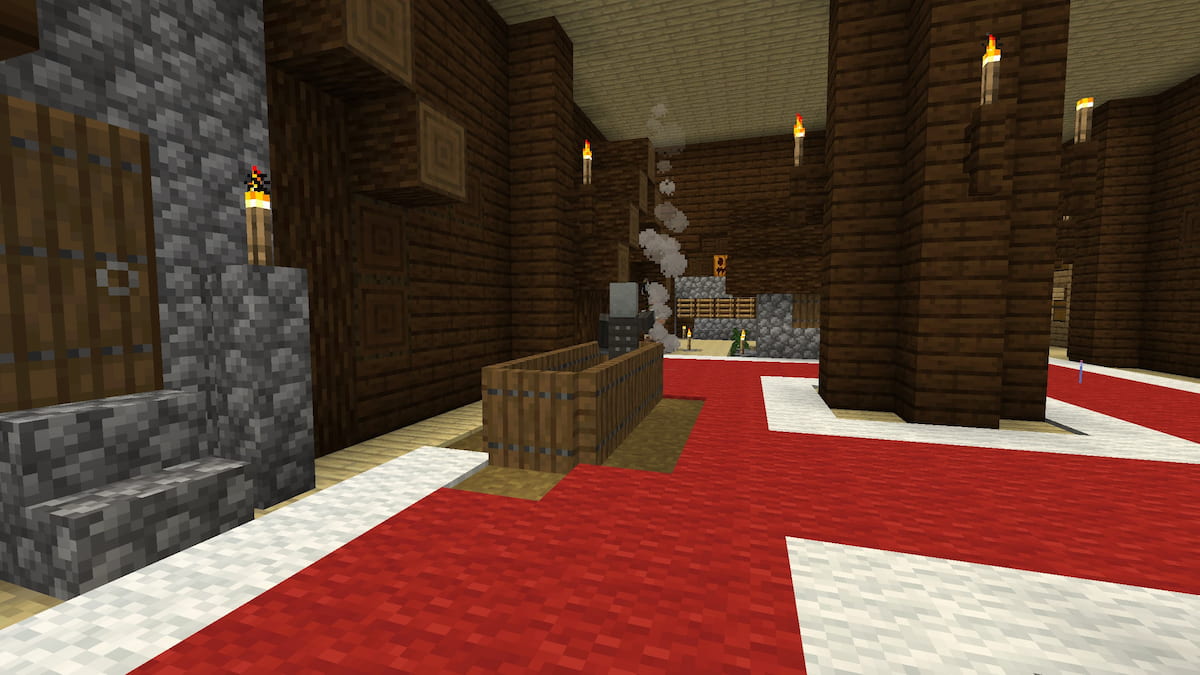
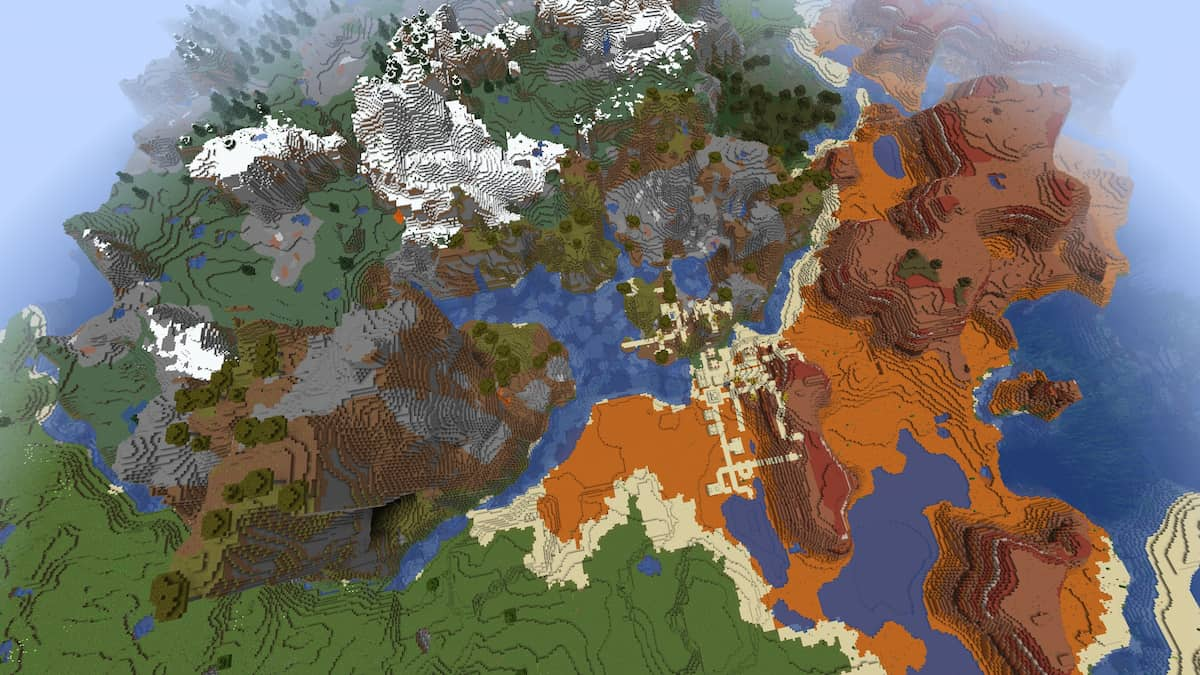
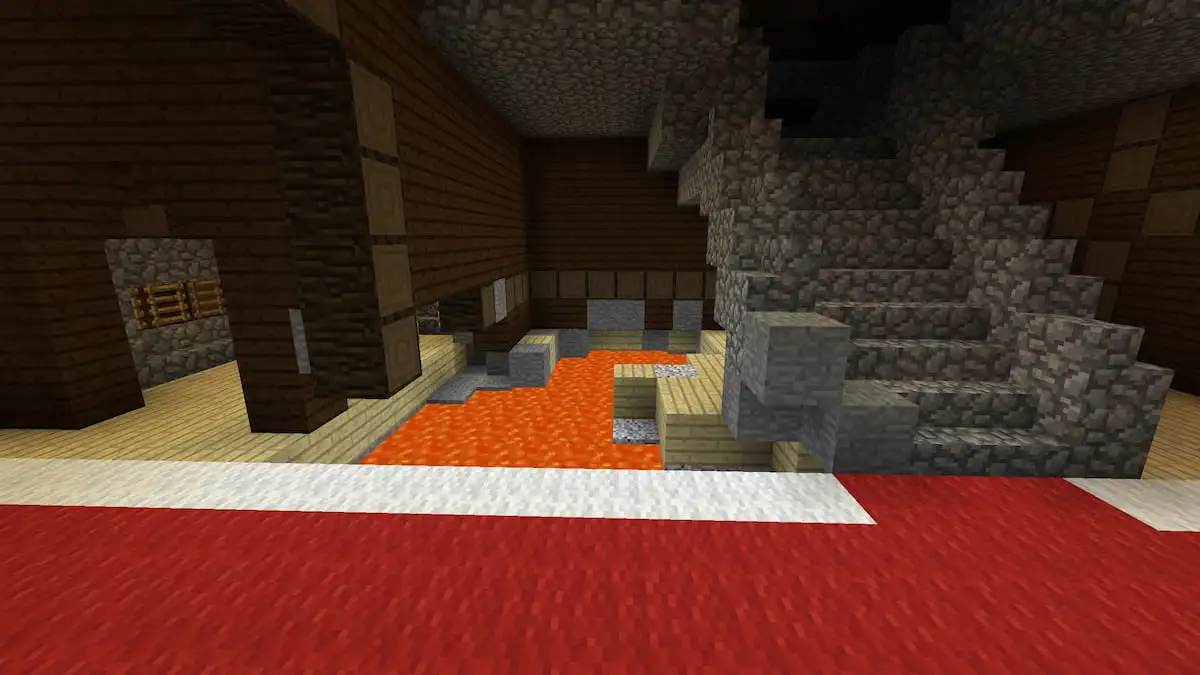
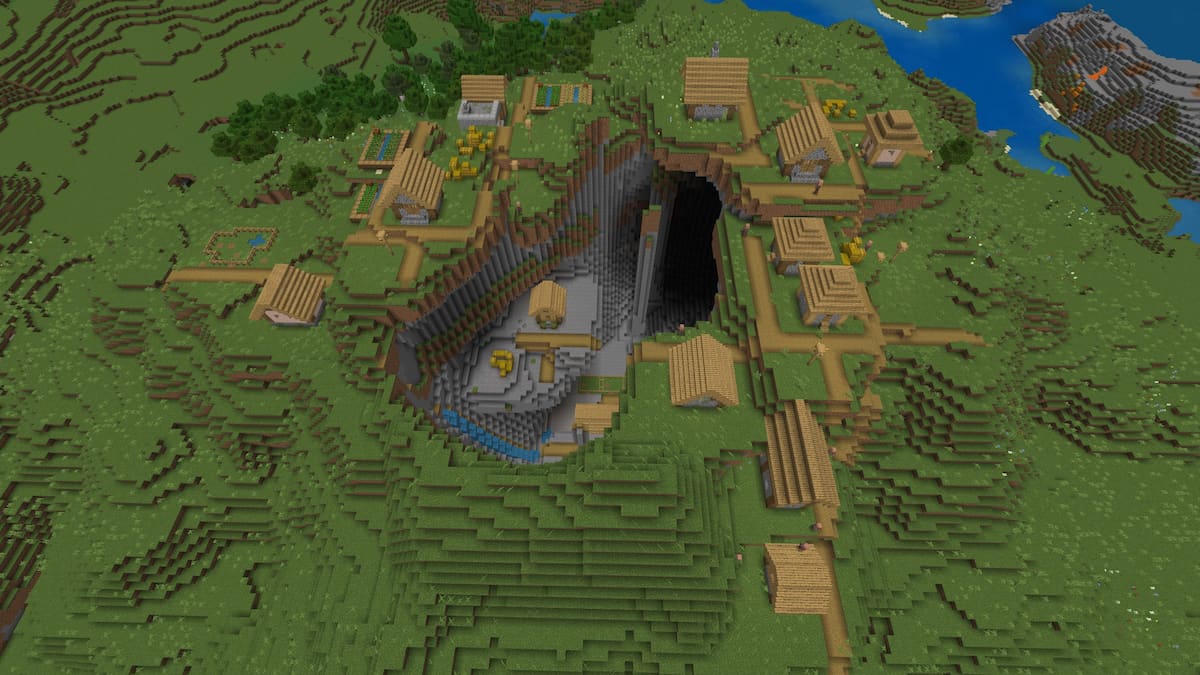
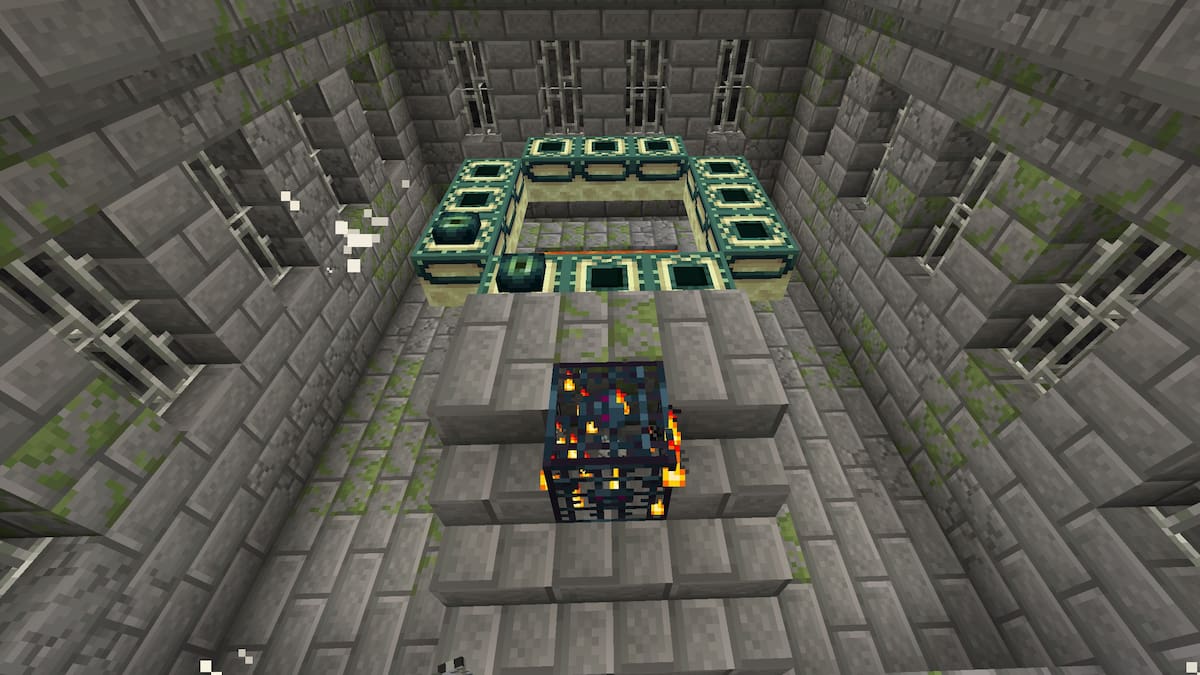
Published: Jul 22, 2017 04:22 pm